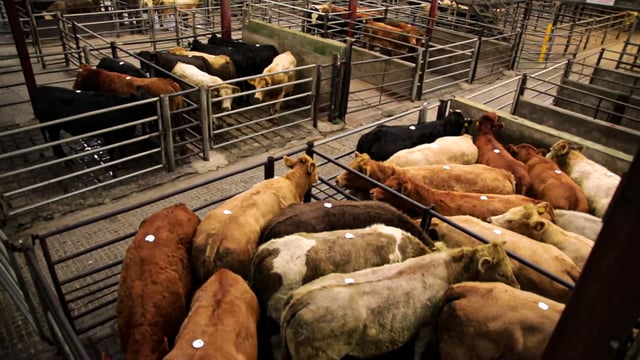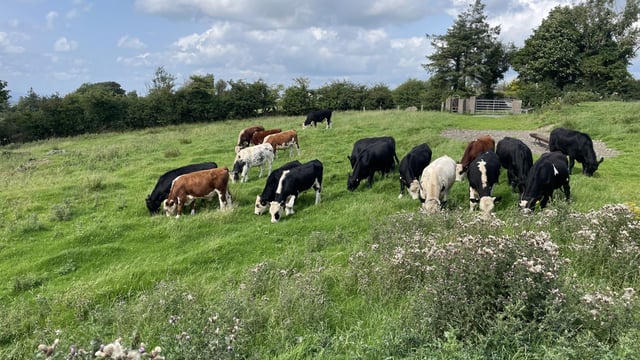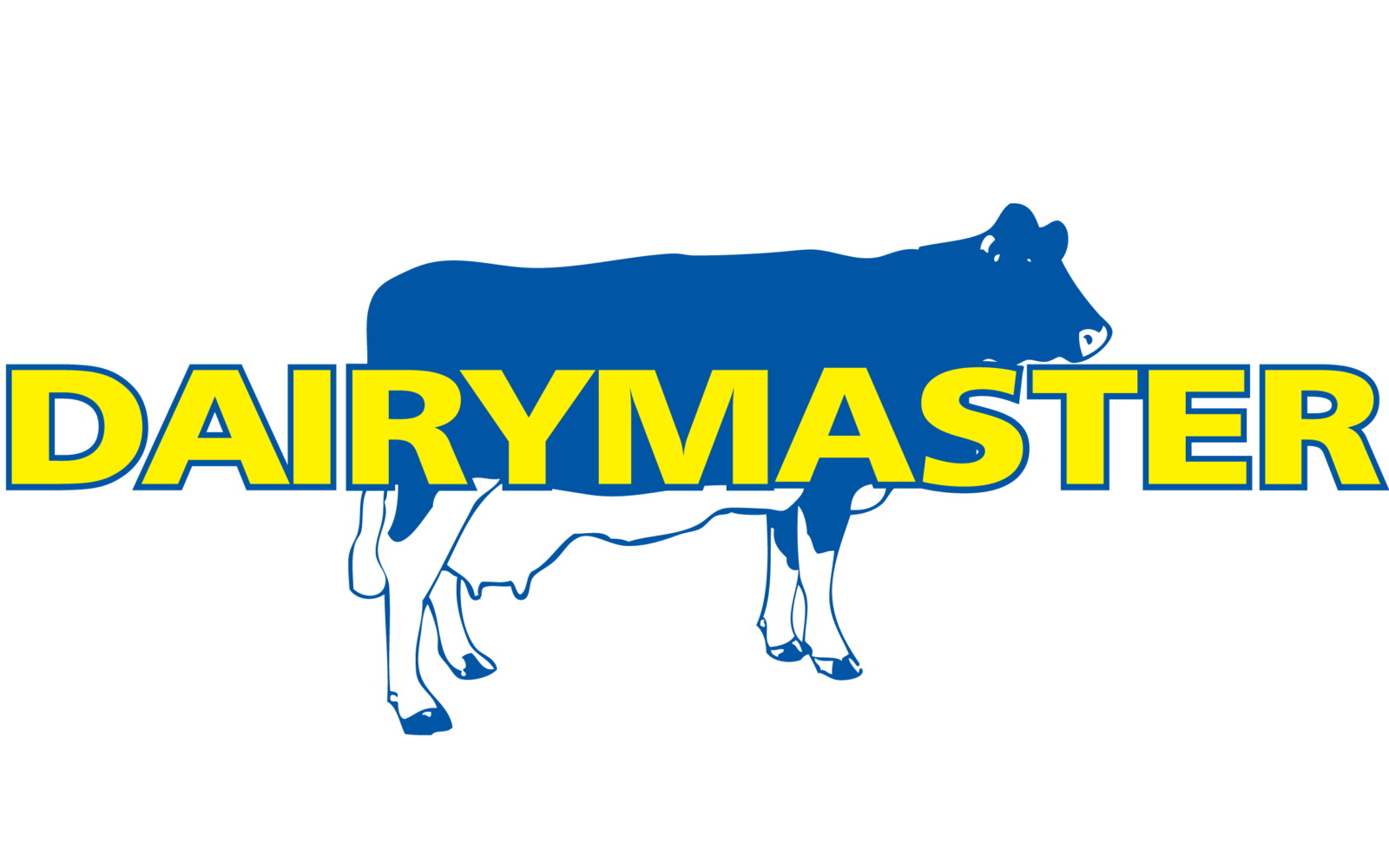Report: Average farm income expected to grow to €48,500 in 2025
Average farm income - driven by stronger returns from dairy and "drystock enterprises" - is forecast to rise to €48,500 in 2025, according to a new report today (Monday, July 28).
Against a backdrop of global uncertainty, tariff tensions, and in some instances "favourable" weather conditions, Teagasc economists, predict that average farm income levels could jump this year by as much as 39% compared to 2024 figures.
Cattle rearing farms are likely to see the biggest jump in average income this year, with a forecast 85% increase to €25,000.
In contrast, there is a less optimistic forecast for the pig sector where growth will be more modest, while according to Teagasc economists the average income on dairy farms in 2025 is forecast to increase by 30% to the region of €140,000.
Sheep farmers are also expected to see a 22% improvement on incomes this year while tillage farmers' incomes are likely to be below the average income at €43,000 in 2025 - which would represent growth of approximately 12% year-on-year.
In general, according to Teagasc economists, agricultural input markets have "been relatively stable in 2025".
They point to the fact that feed prices have fallen slightly, with average prices in 2025 likely to be down about 4% compared with 2024.
However, in contrast, fertiliser prices in the first half of the year were up around 5% relative to the same period last year.
The report today outlines that fertiliser usage is likely to be higher in 2025, "driven by the combination of cheaper prices compared to 2022 and 2023 and the continuing improvement in profitability across grassland systems this year".
Fertiliser prices are nearly 50% higher than in 2020, but prices are also much lower compared to their peak in 2022.
Feed use in grassland systems in 2025 is forecast to be relatively unchanged on the 2024 level.
According to the Teagasc economists, overall production costs in Ireland are broadly in line with 2024 levels, with "some variation across production systems".
"Weather conditions during the first half of 2025 have been excellent for grass growth and have also proven favourable for winter and spring planting on tillage farms.
"These conditions are contributing to improved grass and tillage yields this year," they also outlined.
The Teagasc report also warns that the main threat to farm incomes in 2025 could come from a variety of sources including any fall in output prices, a rise in input prices, or an increase in international supply.
They also warn that a decrease in international demand, poor weather conditions, or a strong domestic exchange rate could also impact on farm incomes.






